Last updated October 6th, 2021
NOTE
Things are developing quickly – more quickly than I can keep pace with. So please check savebellbowlprairie.org and Save Bell Bowl Prairie on Facebook for recent updates and recommended actions. —cassi
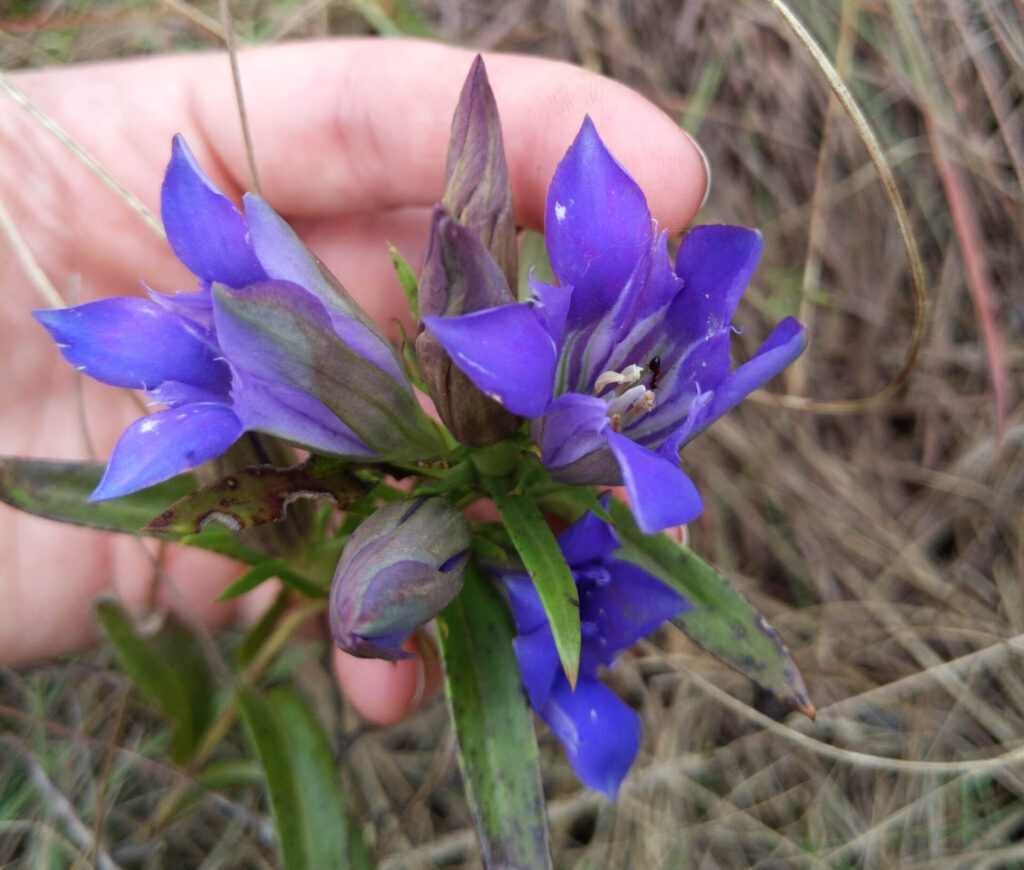
What is happening?
Bell Bowl Prairie is slated for almost complete destruction as part of the expansion of the Chicago Rockford International Airport. The prairie is located at approximately 6045 Cessna Drive in the city of Rockford, Winnebago County, Illinois. The airport’s “Midfield Air Cargo Development” plan aims to increase capacity for shipping cargo from carriers such as DB Schenker, Senator International, Amazon, and UPS.
According to local conservationists, a small part of the prairie has already been destroyed. There is now a temporary hold on construction activities until November 1st, 2021—due to the discovery of a federally Endangered rusty patched bumble bee—after which the rest of the prairie within the construction footprint is planned to be demolished. In 1968, this little patch of prairie was saved from being used as fill for an airport expansion project by George Fell, founder of organizations such as the Natural Land Institute, Natural Areas Association, and executive director of The Nature Conservancy when they completed their first land conservation project in 1955. It can be saved again.
I am spreading the word and contacting the people listed below. Don Miller serves as point of contact for the Natural Land Institute for this effort. He can be reached at dmiller@naturalland.org. Many other organizations are mobilizing efforts. Can you help?
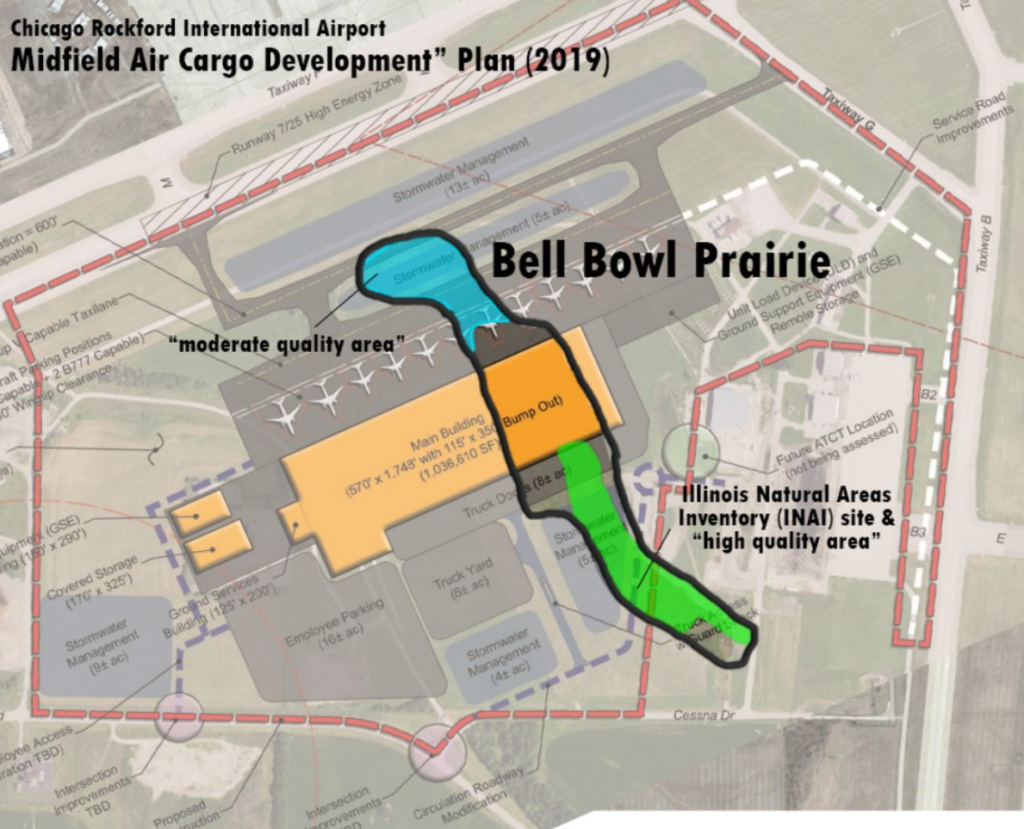
Why do we care?
Bell Bowl Prairie is a Category I Illinois Natural Areas Inventory site, a designation granted by expert ecologists that reflects the site’s quality. It means that Bell Bowl Prairie contains some of the highest quality natural plant communities found anywhere in the state of Illinois (IDNR 2021). Some portions of the prairie are in various stages of health – the northern “bowl” area contains a mixture of high, moderate, and low quality, while the highest quality areas with the rarest, most intact prairie vegetation are to the south (FAA 2019).

There is less than one-hundredth of one percent (0.01%) of prairie remaining in the state of Illinois (Robertson 2008). Gravel prairies such as Bell Bowl represent a tiny fraction of that: 148 acres in total across the entire state in various states of quality (IDNR-b). Losing 5 acres of high quality gravel prairie is an unacceptable loss that cannot be mitigated with any effort known to science.
According to the Environmental Assessment (EA 2019), iNaturalist records, and other reporting from the Natural Land Institute and regional naturalists, numerous plant species with a coefficient of conservatism (floristic quality rating) of 10 out of 10 occur at the site (FAA 2019, Save Bell Bowl Prairie, pers. comm.). These are plants that are restricted to occurring naturally in only the finest quality habitats in Illinois (Wilhelm and Rericha 2017).
The 2019 EA report failed to note the presence of the state Endangered prairie dandelion (Nothocalais cuspidata) and large-flowered penstemon (Penstemon grandiflorus) at Bell Bowl in its findings. During the August 2018 wetland delineation, the environmental consultant ENCAP conducted a brief plant survey of the INAI portion of the prairie. Many high quality native species were observed that day, but neither the dandelion or penstemon were among those seen. In the consultants’ words, “The Large-Flowered Beard Tongue was not located on-site; however, a formal survey for the species was not conducted by ENCAP, Inc.” (FAA 2019). Despite this obvious disclaimer to their reporting, ENCAP’s plant survey was subsequently used by the airport to argue that the site’s INAI status should be removed (FAA 2019). As of September 2021, Bell Bowl Prairie is still considered a Category I INAI site (IDNR 2021), so their attempt appears to have been unsuccessful. The prairie dandelion has been known to occur on site since at least 1958 (Fell and Fell 1958). Why was it not listed in the EcoCAT report? (FAA 2019). It and the large-flowered penstemon have both been confirmed to occur at the site in recent years by local naturalists (@edwardcope and @skrentnyjeff on iNaturalist). Both species flower in the spring and prairie dandelion in particular can be difficult or impossible to locate in August, when the consultants’ brief survey was conducted. ENCAP also noted: “The on-site Bell Bowl Prairie INAI Site supports habitat for the Prairie Bush Clover. Although, during the wetland delineation and plant inventory for the Prairie this species was not found, a formal survey for the species has not been conducted. ENCAP, Inc. recommends that further consultation and coordination with the USFWS be initiated prior to and during project permitting, in order to obtain guidance for this listed species.”
What additional botanical inventories were done since then, and by whom?
If the IDNR permits the destruction of this site, home to the prairie dandelion, large-flowered beardtongue, and more, they would be signing off on the local extinction of some of the rarest plants in the state (Wilhelm and Rericha 2017).
The federally Endangered rusty patched bumble bee (Bombus affinis) lives at Bell Bowl Prairie (IDNR, NLI 2021-09-20). The initial surveys and consultation with U.S. Fish & Wildlife Service failed to document this species. It was found by Illinois Department of Natural Resources (IDNR) staff in 2021, which is currently halting the prairie’s destruction until at least November 1st (Ramirez-Franco 2021-09-29). Young queens of this species overwinter in the soil (USFWS 2017a). Ideal overwintering sites include uncompacted, sandy soils, abandoned rodent nests, downed logs, and soft soil under leaf litter (USFWS 2017b) in woodland and edge habitats (“We think”, USFWS 2019). The soil at Bell Bowl is sandy and gravelly, uncompacted, with abundant low growing vegetation, and frequent animals burrows, providing ideal habitat. Several acres of trees and shrubs surround the prairie to the south and west. Impacts to this habitat could result in an illegal “take” (killing) of this federally Endangered species.
Theses are some of the rarest of rare species worth protecting in Illinois.
What else did the airport’s “due diligence” overlook?
There is so much we don’t yet know about this prairie. The beautiful wildflower leadplant (Amorpha canescens) grows in abundance at Bell Bowl. This species supports more species of pollinators such as bees and other insects than almost any other plant in the state. In just the Chicago area, 81 species of bees (20% of the bees native to the area) are known to visit the flowers of leadplant (Wilhelm and Rericha 2017). Many of those bees can only be found in remnant natural areas: “if you build it, they will come” is not true for all species, and prairie restoration efforts can only do so much. Destroying the prairie will not only destroy the plants, but also the insects and other animals using the plants, duff, and soil for habitat.
Due to the coarse substrate and fragile soil profile, and the presence of state and federally Threatened and Endangered species, lifting the soil, gravel, and plants up and moving them somewhere else is not an acceptable alternative (see White 2021 for a detailed assessment).
Even with all the appropriate signatures and approvals, ask any biologist to learn that the unfortunate reality is that local, state, and federal laws frequently fail to appropriately conserve high quality remnant natural areas in Illinois. State-recognized natural areas such as this can and should be protected with conservation easements and dedicated nature preserve status.
Bell Bowl Prairie has been saved in the past, and it can be saved again. Let’s do it permanently this time.
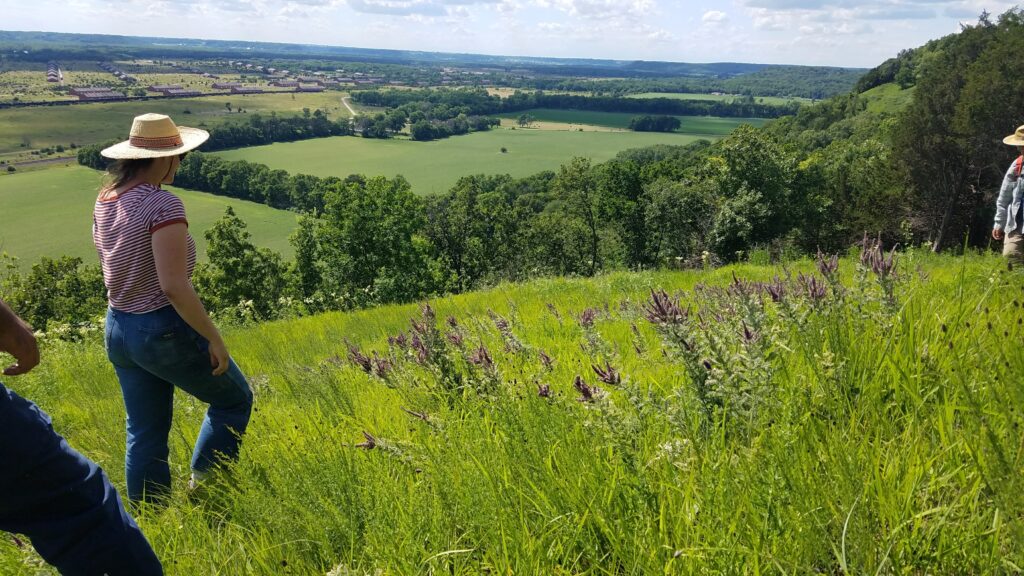
What can I do?
Join the Save Bell Bowl Prairie Facebook page to stay up-to-date with the latest. It’s there that future action plans will be shared. Also follow the Natural Land Institute on social media, e.g. Facebook.
Fill out this quick form which will send a message to JB Pritzker’s office. Even better, customize it with your own message. Urge them to reconfigure their airport expansion to exclude the prairie area.
Email, tweet at, call, or otherwise contact these people and organizations directly. Calling is better. The airport doesn’t yet seem to care – they tried (unsuccessfully) to remove the site from being considered an INAI and they fully intend to move forward with construction beginning November 1st. Contacting legislators is most important.
Local, State, and Federal Government
The Mayors of Rockford, Loves Park, and Machesney Park, as well as the Winnebago County Board Chairman appoint members of the airport board (Greater Rockford Airport Authority), which is a separately taxing governmental entity than the city of Rockford itself. Contact these people regarding the negligence of their selected board members:
Rockford Mayor Thomas McNamara: thomas.mcnamara@rockfordil.gov, 779-348-7300
Loves Park Mayor Greg Jury: GregJury@cityoflovespark.com, 815-654-5030
Machesney Park Mayor Steven Johnson: stevej@machesneypark.org , 815-877-5432
Winnebago County Board Chairman Joseph V. Chiarelli: BoardOffice@WINcoIL.us, 815-319-4225
State Representative Maurice West Assistance@StateRepWEST.com, 815-987-7433
State Representative Dave Vella: repdavevella@gmail.com, 815-329-6741
State Senator Steve Stadelman: http://senatorstadelman.com/contact-us, 815-987-7557
Illinois Governor JB Pritzker, https://www2.illinois.gov/sites/gov/contactus/Pages/VoiceAnOpinion.aspx
217-782-6830, 217-782-6831, 312-814-2121, or 312-814-2122
The airport has received over $44 million in federal funds from lawmakers since 2015 (WIFR 2021-10-01). These Illinois lawmakers are, potentially unknowingly, supporting the destruction of native habitat:
U.S. Representative Cheri Bustos: https://bustos.house.gov/contact/, 202-225-5905
U.S. Senator Dick Durbin: https://www.durbin.senate.gov/contact/email, 309-786-5173 (Rock Island), 202-224-2152 (D.C.), 217-492-4062 (Springfield)
U.S. Senator Tammy Duckworth: https://www.duckworth.senate.gov/connect/email-tammy, 309-606-7060 (Rock Island), 202-224-2854 (D.C.), 217-528-6124 (Springfield)
Customers of the Airport
UPS Customer Service Rockford: 1-800-742-5877
UPS CEO Carol Tomé: @CarolBTome
DB Schenker USA: customerservice@dbschenker.com, 1-800-225-5229
Senator International info@senator-international.com: https://www.senatorinternational.com/en/contact.html
Amazon Press Center: amazon-pr@amazon.com
Illinois Department of Natural Resources (state T&E species, INAI)
Main Contact Form https://www2.illinois.gov/dnr/Pages/Feedback.aspx
Tim Schweizer, tim.schweizer@illinois.gov
U.S. Fish & Wildlife Service (federal T&E species)
Kraig McPeek, Field Office Supervisor: Kraig_mcpeek@fws.gov
Chicago-Rockford International Airport staff & Greater Rockford Airport Authority
Paul Cicero, Board Chairman: pcicero@flyrfd.com
Tom Myers, Vice Chairman: tmyers@flyrfd.com
Thomas Dal Santo, Board Commissioner: tdalsanto@flyrfd.com
Leslie West, Board Commissioner: lwest@flyrfd.com
Mike Schablaske, Board Commissioner: mschablaske@flyrfd.com
Tonya Lamia, Board Commissioner: tlamia@flyrfd.com
Mike Dunn, Executive Director: mikedunn@flyrfd.com
Zack Oakley, Deputy Director of Operations and Planning: zoakley@flyrfd.com
Spread the word.
References
Chicago Rockford International Airport. Administration: Who we are. Accessed 2021-10-01.
Federal Aviation Administration. 2019. Final Environmental Assessment, Chicago Rockford International Airport: Northwest Cargo Development & Midfield Cargo Development.
(see also the Draft EA from August 2019, which was previously referenced here)
Fell, Egbert W. and Olive E. Fell. 1958. Bell Bowl Prairie. The Audubon Bulletin, Number 106. Page 7.
Illinois Department of Natural Resources. 2021-09. Illinois Natural Areas Inventory sites. IDNR: Division of Natural Heritage. Accessed 2021-10-01.
Illinois Department of Natural Resources. b. Gravel Prairie. Accessed 2021-10-02.
Kulisch, Eric. 2021-04-23. Fed up with cargo congestion, freight forwarders flee O’Hare airport. Accessed 2021-10-01.
iNaturalist users @skrentnyjeff, @dziomber, @jonidenker, @mrostrowski, and @edwardcope. Observations at Bell Bowl Prairie. Accessed 2021-10-01.
Linden, Chris. 2021-09-10. A New Era at RFD: Flying Forward as Chicago’s Third Airport. Northwest Quarterly.
Natural Land Institute. 2021-09-20. NLI and the Bell Bowl Prairie at Rockford Airport. Accessed 2021-10-01.
Ramirez-Franco, Juanpablo. 2021-09-29. Rusty Patched Bumble Bee Stalls Construction over Bell Bowl Prairie. Northern Public Radio. Accessed 2021-10-01.
Robertson, Ken. 2008. The Tall Grass Prairie in Illinois: The Settlement of Prairies. Illinois Natural History Survey. Accessed 2021-10-01.
Save Bell Bowl Prairie. Facebook Group and 2021-09-30 public meeting.
U.S. Fish & Wildlife Service. 2017a. Rusty Patched Bumble Bee Life History. Accessed 2021-10-01.
U.S. Fish & Wildlife Service. 2017b. The Rusty Patched Bumble Bee (Bombus affinis) Interagency Cooperation under Section 7(a)(2) of the Endangered Species Act Voluntary Implementation Guidance, Version 1.1.
U.S. Fish & Wildlife Service. 2019. Rusty Patched Bumble Bee (Bombus affinis) Endangered Species Act Section 7(a)(2) Voluntary Implementation Guidance. Version 2.0. USFWS, Bloomington, MN. 24 p.
Wetli, Patty. 2021-10-06. Race Is on To Save ‘Primeval’ Patch of Illinois Prairie Threatened by Rockford Airport Cargo Expansion. WTTW News. Accessed 2021-10-06.
White, John. 2021-09-30. Expanded statement to the Greater Rockford Airport Authority about Bell Bowl Prairie. Accessed 2021-10-01.
WIFR. 2021-10-01. Chicago Rockford International Airport receives $2.6 million in funding for new taxiway. Accessed 2021-10-02.
Wilhelm, Gerould & Laura Rericha. 2017. Flora of the Chicago Region. Indiana Academy of Sciences.
About

This work (text, images, photos) is licensed under a Creative Commons Attribution-NonCommercial 4.0 International License. That means you can please feel free to share, copy, and reuse, with attribution to me, cassi saari, as long as it’s not for a commercial purpose. The initial contacts list was created by Jennifer Kuroda, with subsequent changes and additions.
If you have recommendations for improvements or additions to this page, reach me at cassisaari@gmail.com.
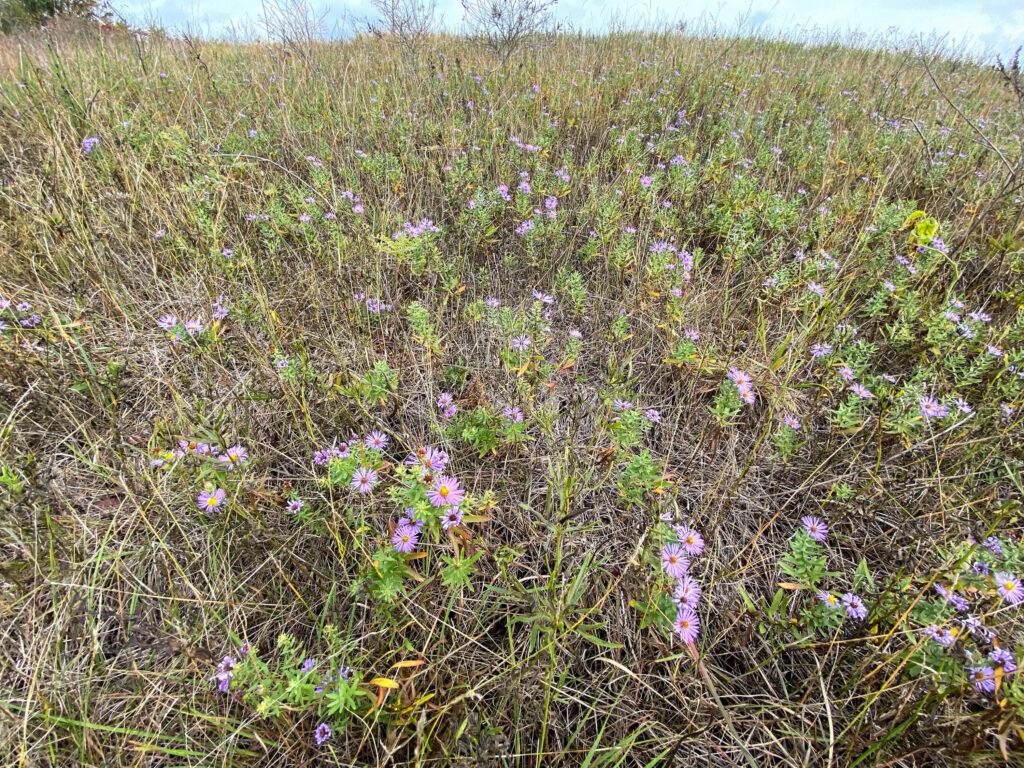
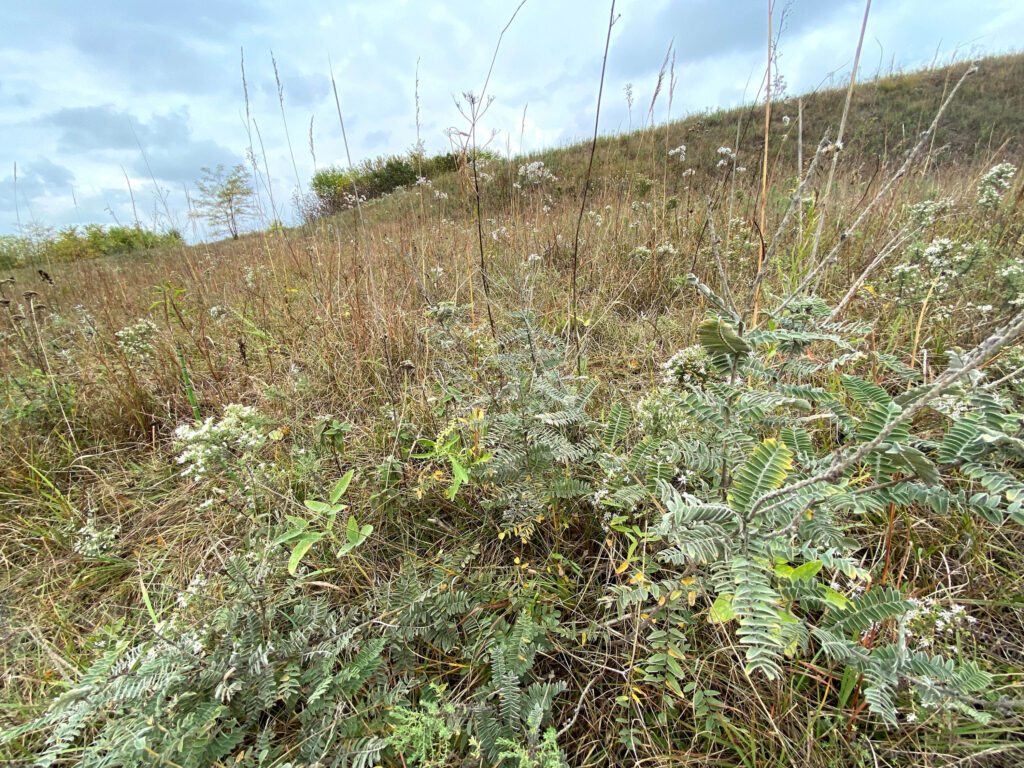
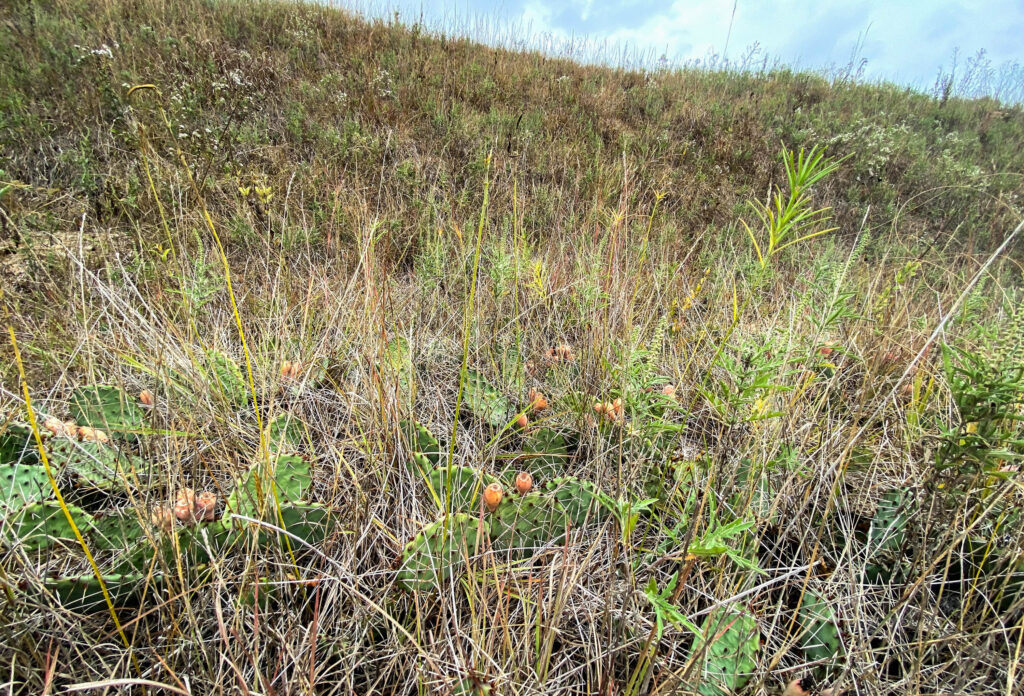
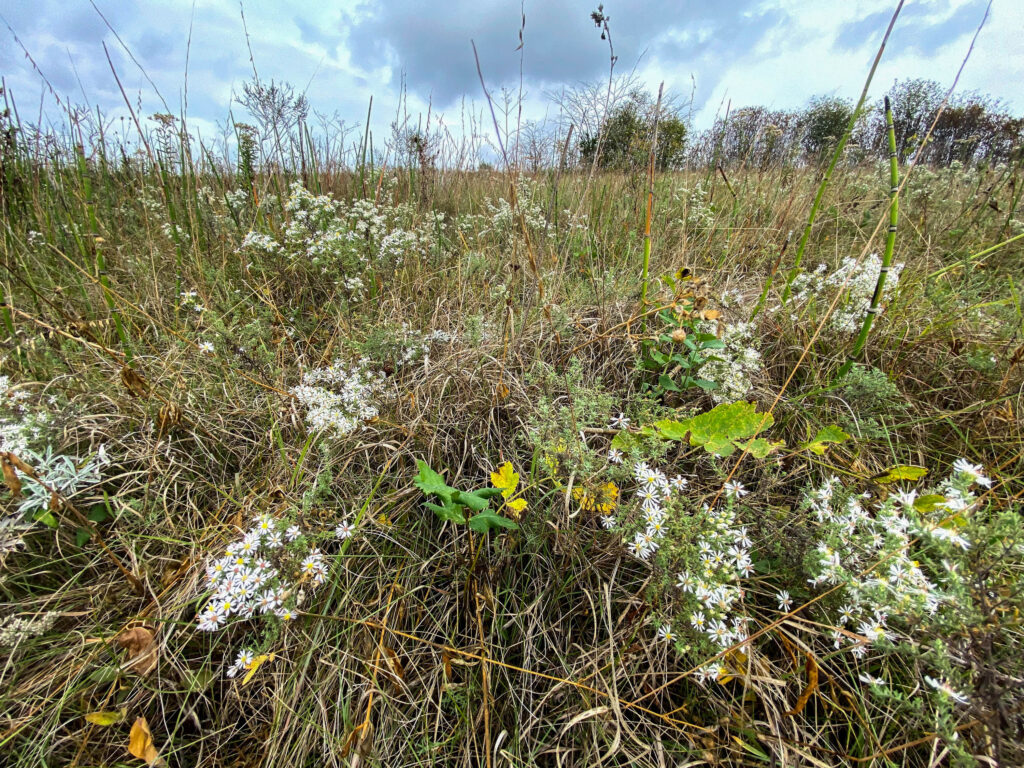
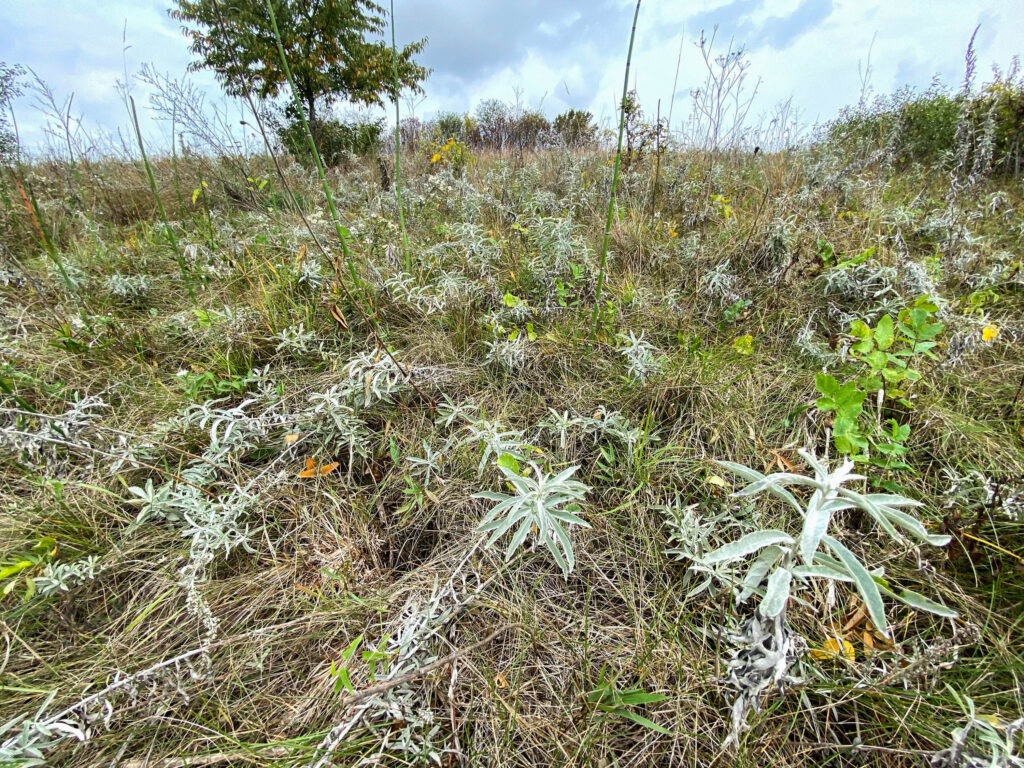
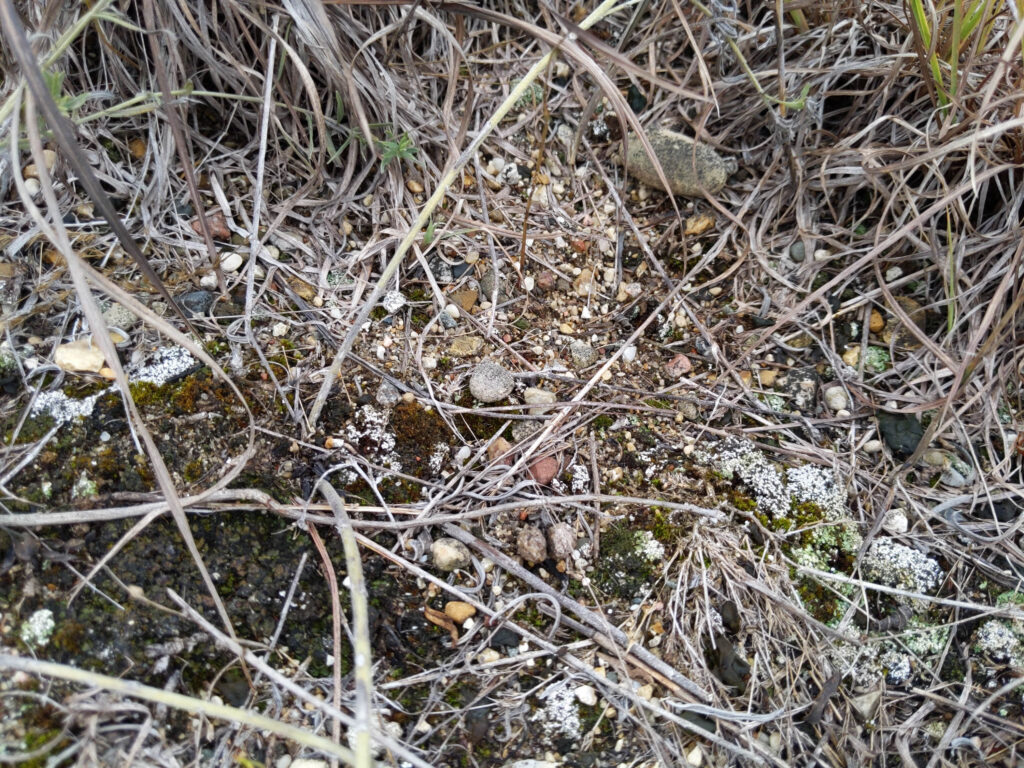
Great info. Thank you for all the work!
Thank you for this very thorough summary of the situation. I hope that those in positions of making decisions about the fate of the Bell Bowl Prairie will read and seriously think on this.
Pingback: Kairos October 5, 2021 - The Unitarian Universalist Church, Rockford
Hi Cassi,
My name is Anna and I worked at Pizzo Native Plant Nursery for many years, I think we crossed paths during our tenures at Pizzo Companies. I got directed to this link from an email from Panayoti Kelaidis’s blog (he is a Curator at the Denver Botanic Gardens) and he is vocalizing this issue, even here in the mountains. Small world, wishing the best in protecting this vey special piece of land, and hoping I can do something to help, even with being states away.
Pingback: Saving Bell Bowl Prairie | Tuesdays in the Tallgrass
Please save this wonderful creation of earth. The airport can be totally functional without disturbing this jewel. Please return to the drawing board to find a way to incorporate this treasure as a way to give homage to the land that the Airport occupies
WTF is fly Rfd.com trying to accomplish here-eliminating ALL of the plants and flowers that get in their way? This is Big Brother in its worst way!!!